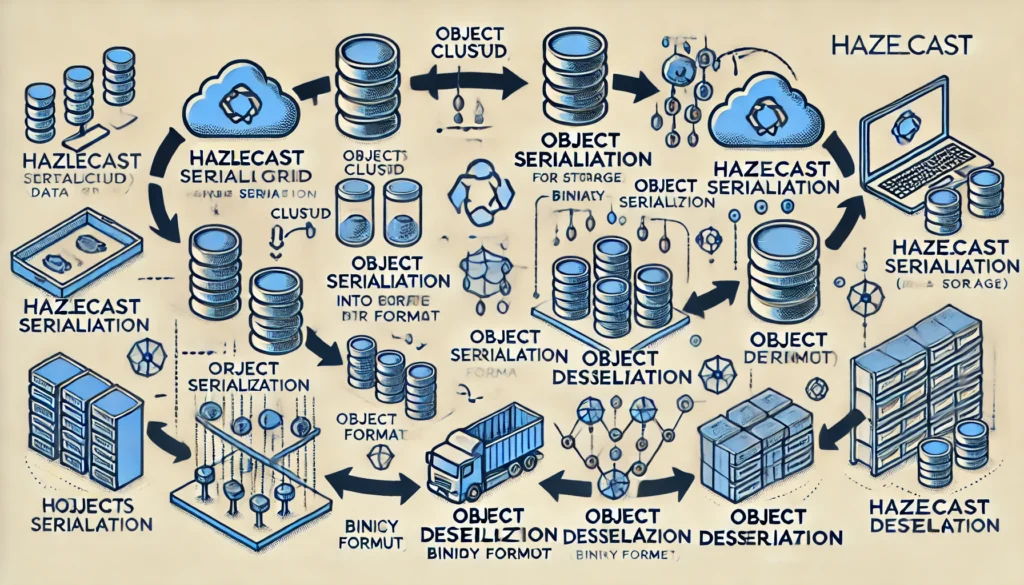Understanding Google Protobuf Timestamp
Overview Google Protobuf Timestamp : Google Protocol Buffers (Protobuf) is a robust serialization format used to encode structured data efficiently. One of its key features is the ability to handle time with high precision using the google.protobuf.Timestamp type. This data type is essential for representing specific points in time, making it invaluable for logging events, […]

